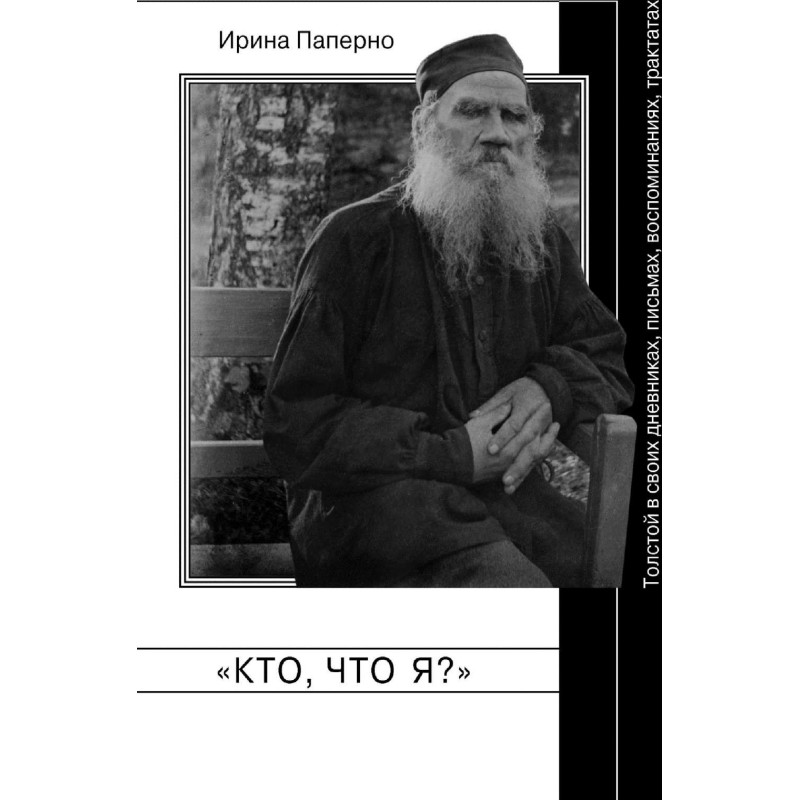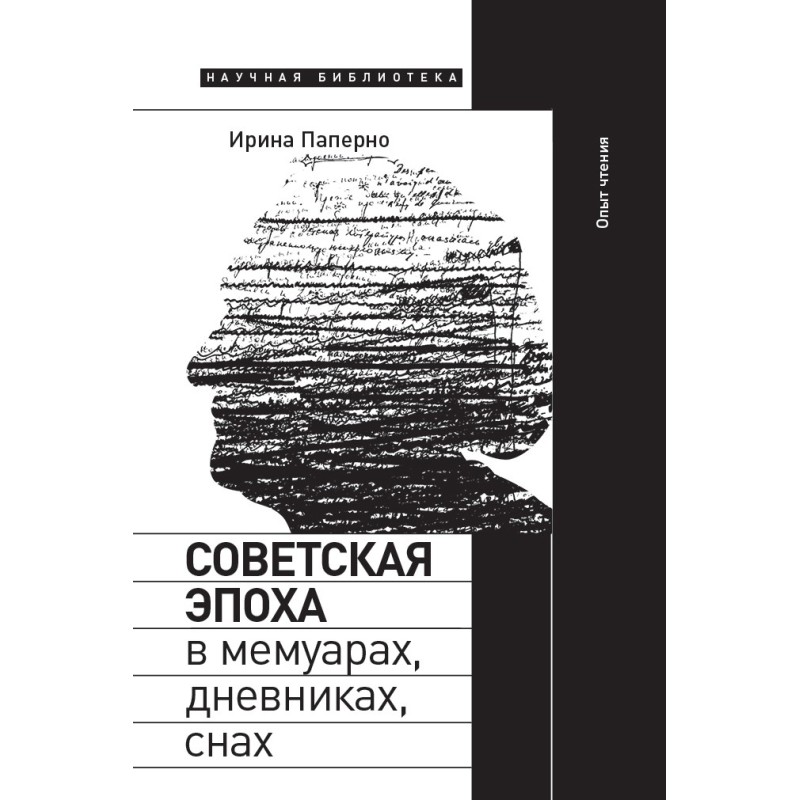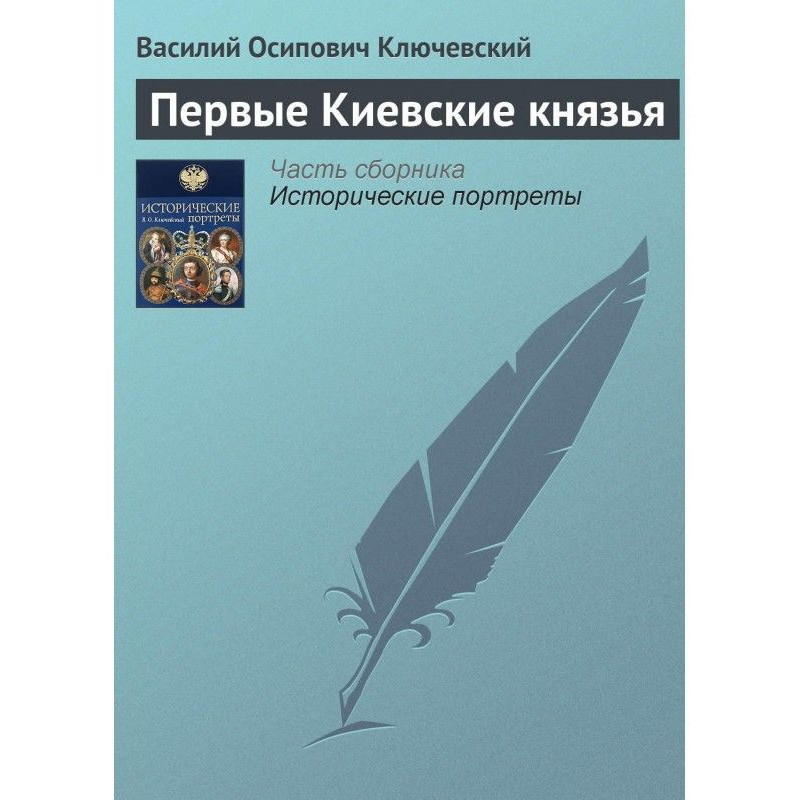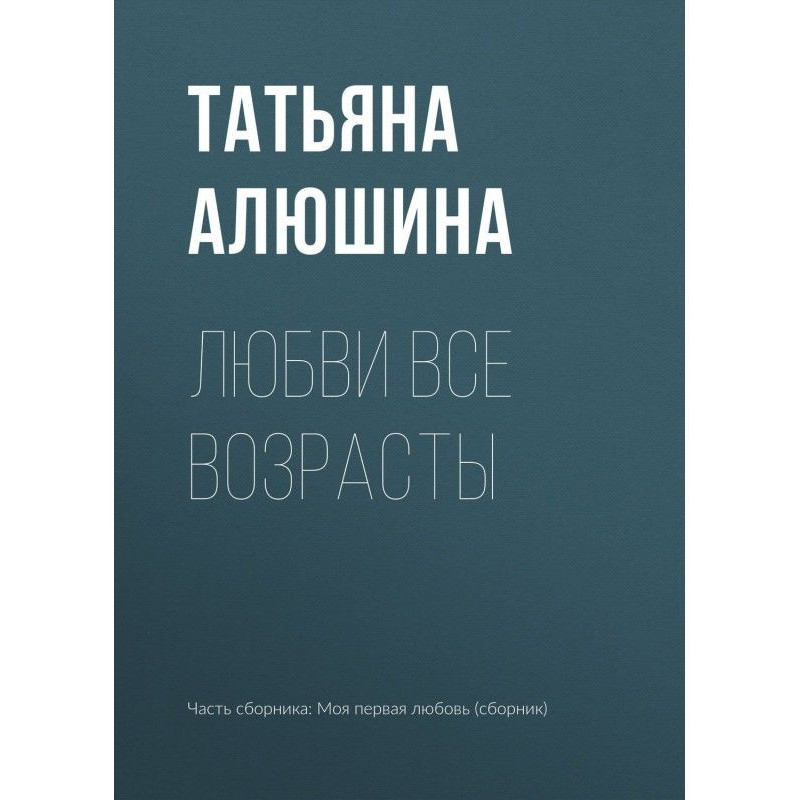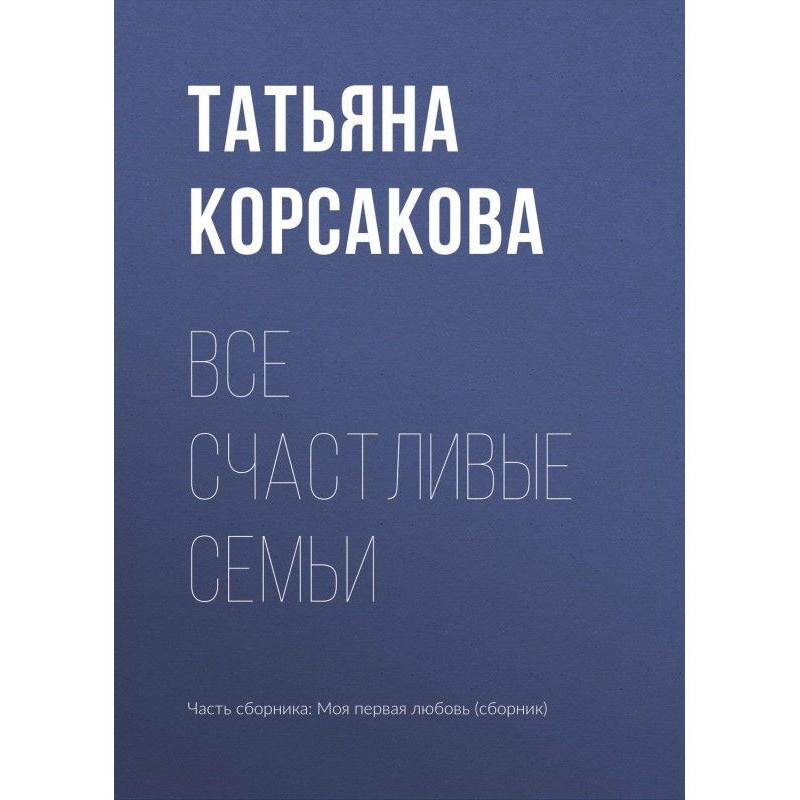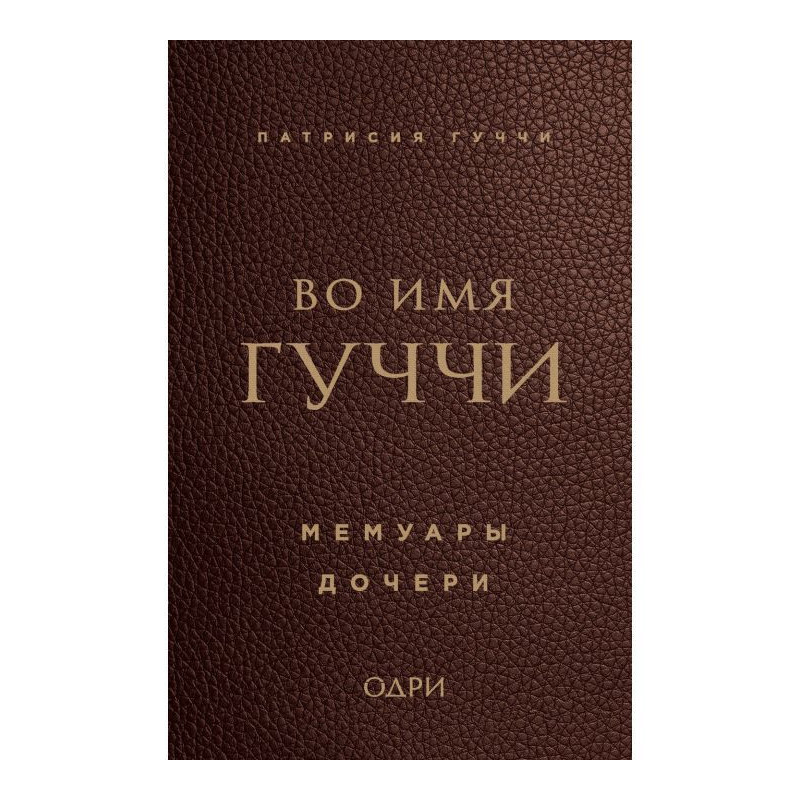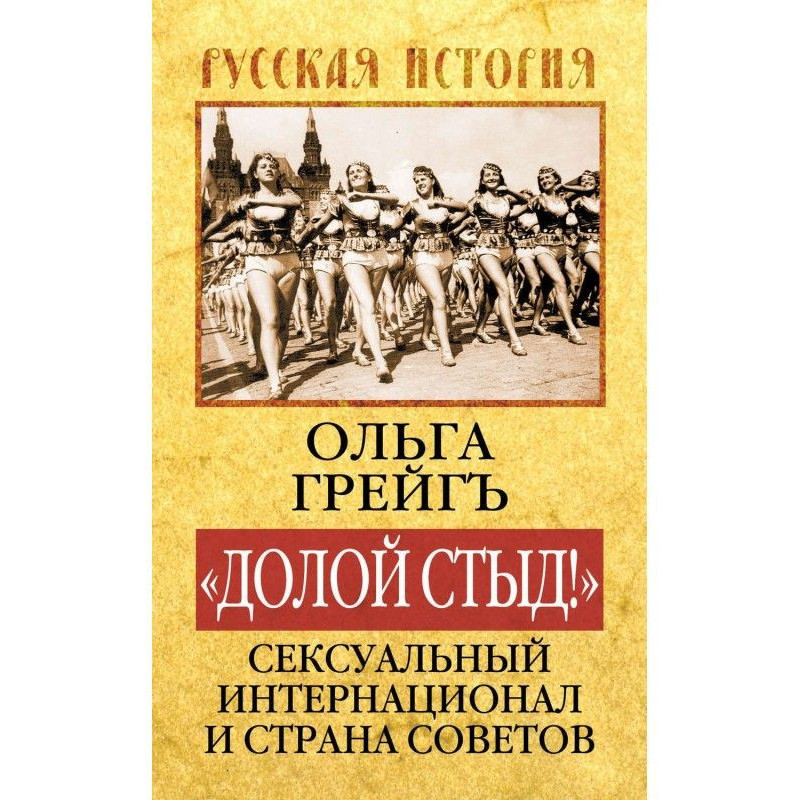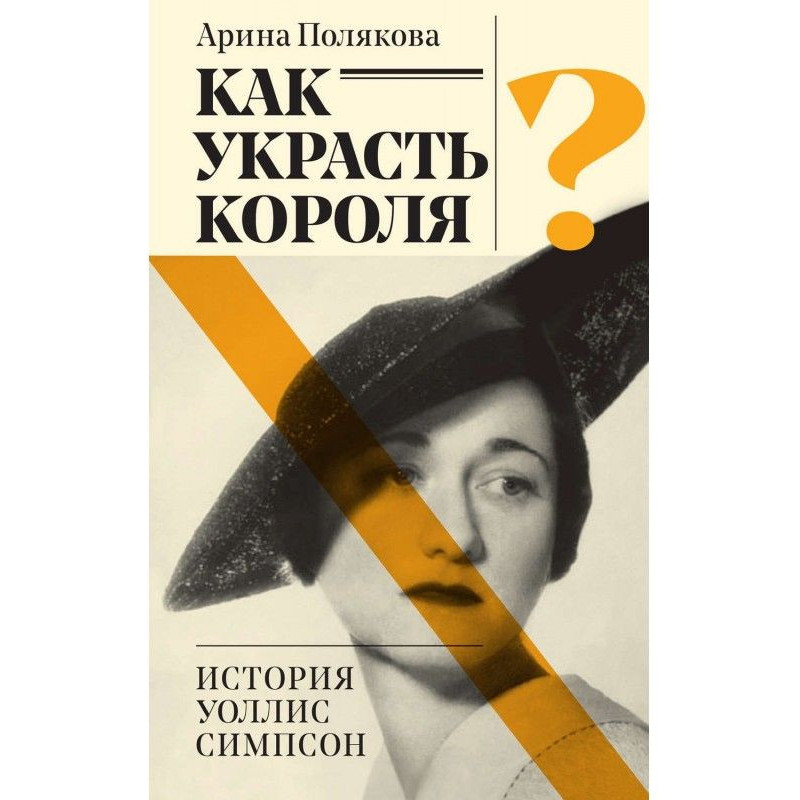The Soviet era in memoirs, diaries, dreams. Reading experience
 Instant download
Instant download
after payment (24/7)
 Wide range of formats
Wide range of formats
(for all gadgets)
 Full book
Full book
(including for Apple and Android)
Over the past decades, starting with perestroika, hundreds of memoirs, diaries, notes and other autobiographical documents have been published in Russia, testifying to the Soviet era and summing it up. For all their diversity, they tell of lives lived under the influence of historical catastrophes, such as Stalin's terror and war. After the fall of Soviet power, the publication of these writings formed a community of people who gained access to each other's intimate lives and thoughts. In her book, Irina Paperno explores this gigantic array of documents, identifying common themes, trends and forms in them. Among the many publications, the author separately considers two, choosing them for their emotional strength, scale of thinking and literary gift: the famous “Notes about Anna Akhmatova” by Lidia Korneevna Chukovskaya and the notebooks of Evgenia Grigorievna Kiseleva, a semi-literate elderly peasant woman who decided to provide material for a film script about her life. Revealing amazing parallels and contrasts between these works, the author shows how Soviet history and the Soviet state shaped the destinies of people so different in many respects. One of the important plots of the book was the interpretation of dreams, which also involved the invasion of the state and history - mostly nightmares. Peasants, party leaders, famous writers, and, finally, Joseph Stalin himself saw similar dreams. Irina Paperno is a literary critic, historian of ideas, professor in the Department of Slavic Studies at the University of California at Berkeley.
Data sheet
- Name of the Author
- Ирина Паперно Ароновна
- Language
- Russian
Reviews
Вражаюче дослідження радянської епохи
Книга Ірини Паперно "Радянська епоха у мемуарах, щоденниках, снах" є справжнім відкриттям для тих, хто хоче зрозуміти складність і багатогранність життя в Радянському Союзі. Авторка майстерно аналізує величезний масив документів, що свідчать про переживання людей, які жили в умовах історичних катастроф, таких як сталінський терор і війна. Особливо вражають паралелі між творами Лідії Корніївни Чуковської та Євгенії Григорівни Кисельової, які, незважаючи на різницю в освіті та соціальному статусі, передають глибокі емоції та переживання, що об'єднують їх. Книга також досліджує тлумачення снів, які стають символом страху і тривоги, що панували в суспільстві. Паперно вміло підкреслює, як радянська держава впливала на свідомість людей, формуючи їхні страхи та надії. Це не просто наукова праця, а справжня літературна подорож у минуле, яка змушує задуматися про те, як історія формує наше сьогодення. Рекомендую всім, хто цікавиться історією, психологією та літературою!


